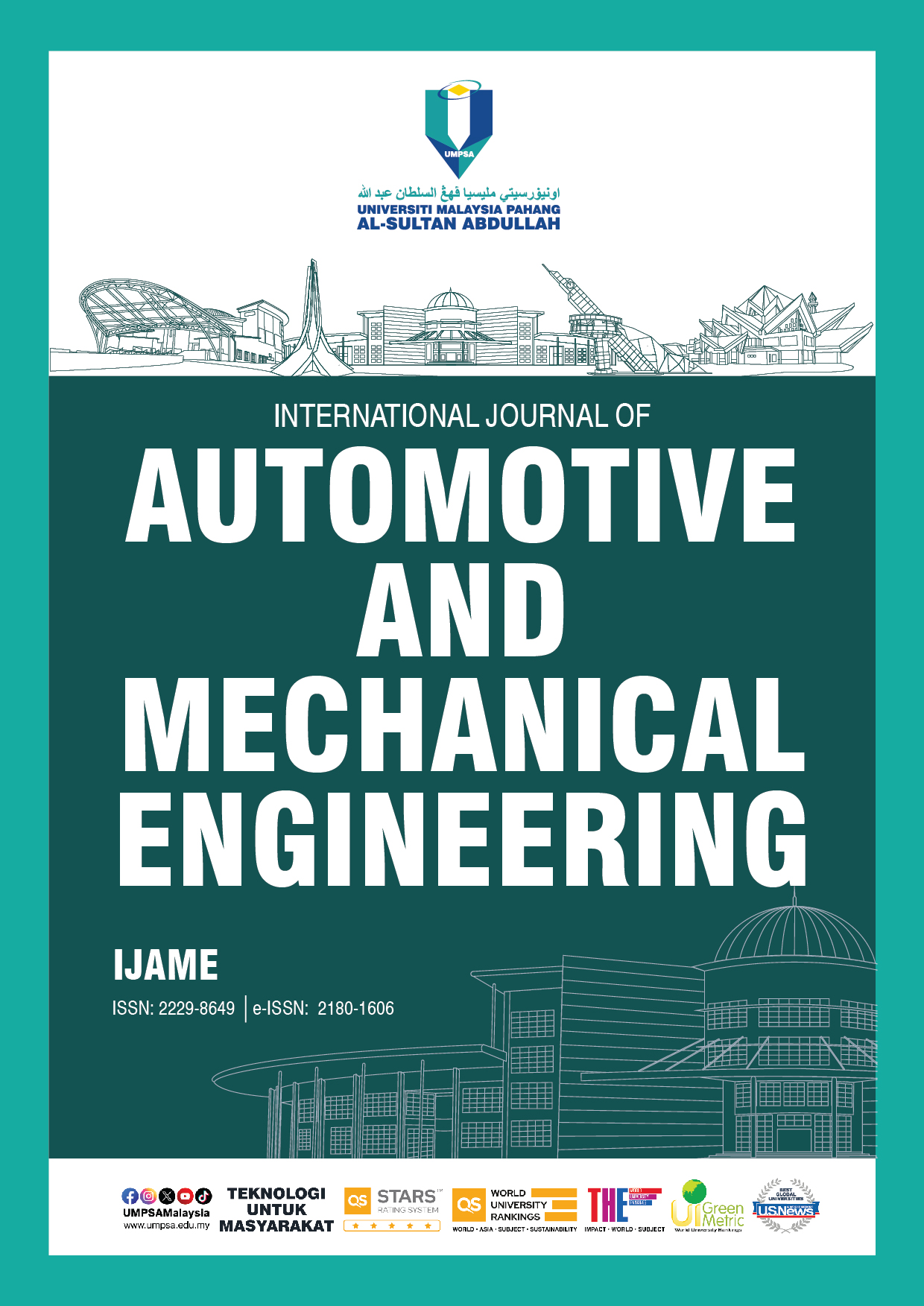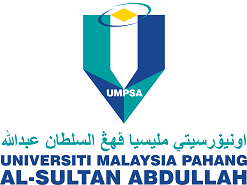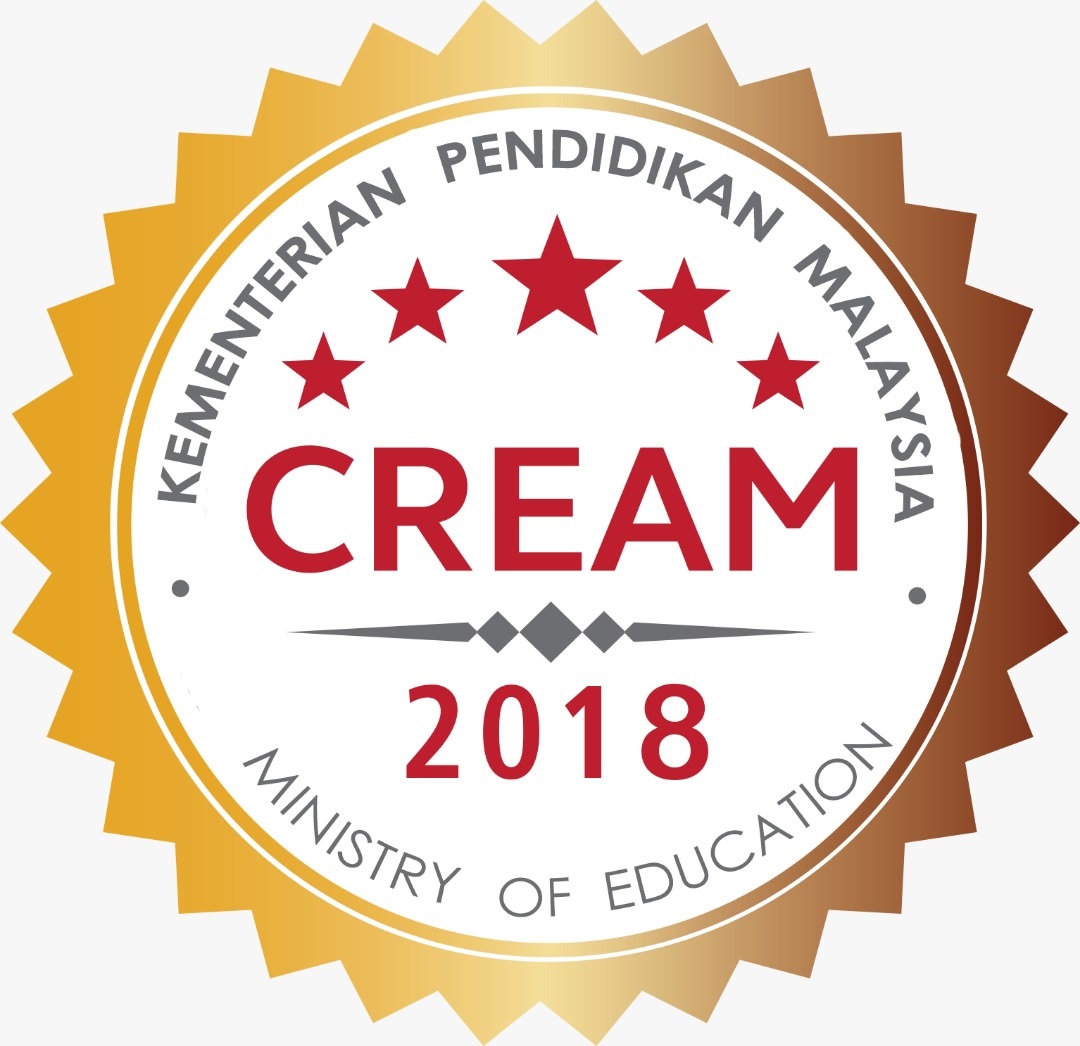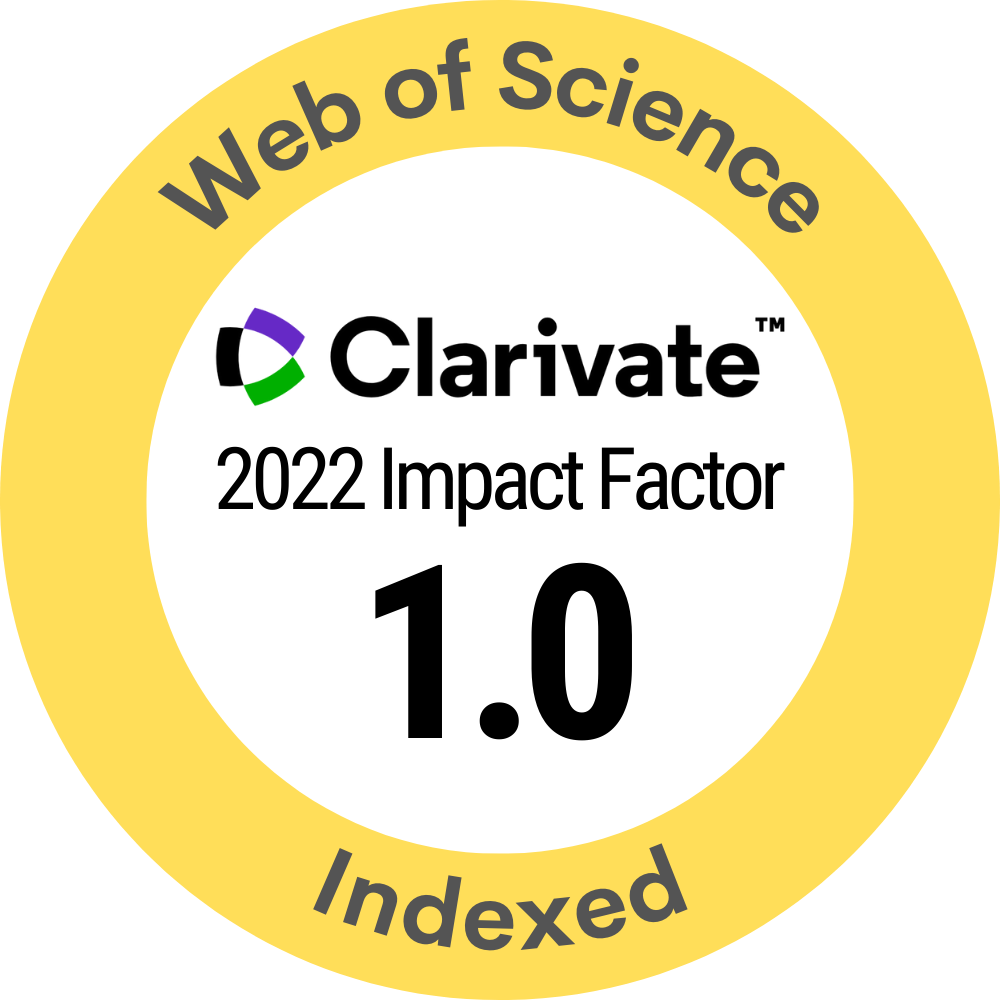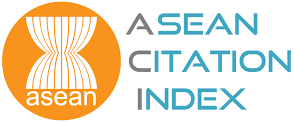Experimental Investigation and Optimization of Process Parameters on Abrasive Water Jet Machining of Inconel X-750 Superalloy
DOI:
https://doi.org/10.15282/ijame.22.2.2025.6.0943Keywords:
Inconel X-750, Heat resisting alloy, AWJM, Process parameters, Kerf taper, Surface roughnessAbstract
Inconel X-750 is a nickel chromium-based superalloy with various industrial applications due to its exceptional mechanical properties. It is used in aerospace applications, gas turbine rotor components, nuclear power plant parts, etc. Inconel X-750 has a machinability index ranging from 12 to 16, which makes it hard to cut material using traditional machining processes. Therefore, there is a need to find a modern alternative to machine the Inconel X-750 superalloy. Many industries employ well-established Abrasive Waterjet Machining (AWJM) technology to cut different types of materials. However, the applicability of AWJM of Inconel X750 is not available in the scientific domain. Therefore, the objective finalized for the present study is to conduct thorough experimental research and process parameter optimization in the domain AWJM of Inconel X-750. To accomplish the above objective, the impact of process variables, such as water pressure (WP), standoff distance (SOD), and nozzle traverse speed (TS) on important performance indicators, namely material removal rate (MRR), kerf properties and surface roughness (Ra) of machined components. Central composite design (CCD), a Response Surface Methodology (RSM), was used to design the experimental trials in this study. After conducting the experimental trials, the results obtained were assessed for the statistical relevance of the process factors to response characteristics. For this, the well-known statistical approach, i.e., Analysis of Variance (ANOVA), is employed. The findings of the present work suggested that traverse speed is a highly influential factor on Inconel X-750's MRR as well as Ra. The analysis also reveals that TS and WP are key factors influencing the kerf characteristics of the workpiece. To facilitate precise predictions of material performance under the influence of process variables, a regression model has been developed, allowing the prediction of response within the design space. The developed model serves well for optimizing machining conditions, thereby improving the performance of the process. The values predicted for the responses by the model are in good agreement with experimentally obtained response values with permissible error. Post-optimizing the process performance, the optimized process parameters were found to be WP of 380 MPa, TS of 38.6 mm/min, and SOD of 2 mm, which produced a Ra of 4.1μm, the kerf taper angle of 0.4 degrees, and MRR of 907 mm3/min. The optimized parameters yielded satisfactory results.
References
[1] Geddes B, Leon H, Huang X, “Superalloys: alloying and performance,” ASM International, 2010.
[2] W. J. Mills and L. A. James, “Effect of temperature on the fatigue-crack propagation behaviour of Inconel x-750,” Fatigue & Fracture of Engineering Materials & Structures, vol. 3, no. 2, pp. 159–175, 1980.
[3] H. H. Jin, I. S. Ryu, S. Kim, J. Kwon, and G. G. Lee, “Contribution of microstructure to yield strength of X-750 alloy used for garter spring in Canada deuterium uranium reactor,” Journal of Nuclear Materials, vol. 562, p. 153602, 2022.
[4] E. O. Ezugwu, J. Bonney, and Y. Yamane, “An overview of the machinability of aeroengine alloys,” Journal of Materials Processing Technology, vol. 134, no. 2, pp. 233–253, 2003.
[5] T. Geethapriyan, R. M. Samson, A. C. A. Raj, S. Senkathi, and C. Gunasekar, “Parametric Optimization of Abrasive Water jet Machining Process on Inconel 600 Using Two Different Abrasive Grain Sizes,” in K. Vijay Sekar, M. Gupta, A. Arockiarajan, (eds) Advances in Manufacturing Processes, Lecture notes in Mechanical Engineering, Springer Nature, pp. 457-469, 2018.
[6] Y. Natarajan, P. K. Murugesan, M. Mohan, and S. A. Liyakath Ali Khan, “Abrasive water jet machining process: A state of art of review,” Journal of Manufacturing Processes, vol. 49, no. 49, pp. 271–322, 2020.
[7] D. S. Reddy, A. S. Kumar, and M. Sreenivasa. Rao, “Parametric optimization of abrasive water jet machining of inconel 800H using Taguchi methodology,” Universal Journal of Mechanical Engineering, vol. 2, no. 5, pp. 158–162, 2014.
[8] B. Satyanarayana and G. Srikar, “Optimization of abrasive water jet machining process parameters using Taguchi Grey Relational Analysis (TGRA),” in Proceedings of 13th IRF International Conference, 20th July 2014, pp. 135-140.
[9] G. V. Kishore and F. Anand Raju, “Selection of optimum parameters for MRR & SR simultaneously in AWJM of Inconel-625 alloy using TOPSIS method, ” International Journal of Mechanical Engineering and Technology, vol. 6, no. 9, pp. 1.9, 2015.
[10] G. Fowler, P. H. Shipway, and I. R. Pashby, “Abrasive water-jet controlled depth milling of Ti6Al4V alloy – an investigation of the role of jet–workpiece traverse speed and abrasive grit size on the characteristics of the milled material,” Journal of Materials Processing Technology, vol. 161, no. 3, pp. 407–414, 2004.
[11] Y. I. Mogul, I. Nasir, and P. Myler, “Investigation and optimization for depth of cut and surface roughness for control depth milling in Titanium Ti6AL4V with abrasive water jet cutting,” Materials Today: Proceedings, vol. 28, 2020, pp. 604–610.
[12] V. K. Pal and S. K. Choudhury, “Surface Characterization and Machining of Blind Pockets on Ti6Al4V by Abrasive Water Jet Machining,” Procedia Materials Science, vol. 5, pp. 1584–1592, 2014.
[13] S. Vasanth, T. Muthuramalingam, P. Vinothkumar, T. Geethapriyan, and G. Murali, “Performance Analysis of Process Parameters on Machining Titanium (Ti-6Al-4V) Alloy Using Abrasive Water Jet Machining Process,” Procedia CIRP, vol. 46, pp. 139–142, 2016.
[14] A. Alberdi, T. Artaza, A. Suárez, A. Rivero, and F. Girot, “An experimental study on abrasive waterjet cutting of CFRP/Ti6Al4V stacks for drilling operations,” The International Journal of Advanced Manufacturing Technology, vol. 86, no. 1–4, pp. 691–704, 2015.
[15] Olsen, J. and Zeng, J. “The state-of-the-art of precision abrasive water jet cutting,” in Proceedings of the 8th Pacific Rim International Conference on Water Jet Technology, p. 98032, 2006.
[16] P. Venkateshwar Reddy, G. Suresh Kumar, and V. Satish Kumar, “Multi-response optimization in machining inconel-625 by abrasive water jet machining process using WASPAS and MOORA,” Arabian Journal for Science and Engineering, vol. 45, no. 11, pp. 9843–9857, 2020.
[17] B. Vasudevan, B. Vasudevan, L. Nagarajan, A. Karthick, C. Prakash, C. K. Chan, et al., “Experimental study, modeling, and parametric optimization on abrasive waterjet drilling of YSZ-coated Inconel 718 superalloy,” Journal of Materials Research and Technology, vol. 29, pp. 4662–4675, 2024,
[18] P. Trivedi, A. Dhanawade, and S. Kumar, “An experimental investigation on cutting performance of abrasive water jet machining of austenite steel (AISI 316L),” Advances in Materials and Processing Technologies, vol. 1, no. 3–4, pp. 263–274, 2015.
[19] X. Wu, R. S. Chandel, H. Li, H. P. Seow, and S. Wu, “Induction brazing of Inconel 718 to Inconel X-750 using Ni–Cr–Si–B amorphous foil,” vol. 104, no. 1–2, pp. 34–43, 2000.
[20] V. Sisodia, S. K. Gupta, S. Salunkhe, A. P. Murali, and S. Kumar, “An experimental investigation on machining of hardened AISI 440C stainless steel using abrasive water jet machining process,” Journal of Materials Engineering and Performance, vol. 33, no. 2, pp. 961–977, 2023.
[21] S. Salunkhe, V. Sisodia, and J. P. Davim, Abrasive Water Jet Machining of Composites: Empirical and Analytical Modelling, vol. 21, Walter de Gruyter GmbH & Co KG, 2024.
[22] K. Ishfaq, N. A. Mufti, N. Ahmed, and S. Pervaiz, “Abrasive waterjet cutting of cladded material: kerf taper and MRR analysis,” Materials and Manufacturing Processes, vol. 34, no. 5, pp. 544–553, 2018.
[23] J. M. Llanto, M. Tolouei-Rad, A. Vafadar, and M. Aamir, “Recent Progress Trend on Abrasive Waterjet Cutting of Metallic Materials: A Review,” Applied Sciences, vol. 11, no. 8, p. 3344, 2021.
[24] I. Edriys, M. Fattouh, and R. Masoud, “Abrasive water jet machining of CFRPs: single response optimization using taguchi method optimization,” IOP Conference Series: Materials Science and Engineering, vol. 973, p. 012029, 2020.
[25] A. Gnanavelbabu, P. Saravanan, K. Rajkumar, and S. Karthikeyan, “Experimental Investigations on Multiple Responses in Abrasive Waterjet Machining of Ti-6Al-4V Alloy,” Materials Today: Proceedings, vol. 5, no. 5, pp. 13413–13421, 2018.
[26] S. Rammohan, S. T. Kumaran, M. Uthayakumar, K. Korniejenko, M. Nykiel, and A. Velayutham, “Prediction of abrasive waterjet machining parameters of military-grade armor steel by semi-empirical and regression models,” Materials, vol. 15, no. 12, pp. 4368–4368, 2022.
[27] T. Manoharan, W. J. J. Thangaiah, S. Irulappasamy, and S. Dhar, “Study of delamination factors on the abrasive water-jet drilling of fibre metal laminates for military cargo aircraft,” Defence S and T Technical Bulletin, vol. 11, pp. 248-59, 2018.
[28] G. Dharmalingam, S. Salunkhe, D. Panghal, A. P. Murali, S. Mahalingam, H. Tarigonda, et al., “Optimization of abrasive water jet machining process parameters on onyx composite followed by additive manufacturing,” Processes, vol. 11, no. 8, pp. 2263–2263, 2023.
[29] Y. Qian, L. Wan, X. Wang, G. Zhang, X. Wang, and D. Li, “The cylindrical surface characteristics of AA7075 aluminum alloy machined by abrasive waterjet with circular cuts,” Journal of Materials Research and Technology, vol. 26, pp. 4975–4988, 2023.
[30] A. C. Shekar, J.-P. Leclair, Redouane Zitoune, and L. A. Hof, “Surface engineering strategies for aerospace composite repairs: Machining and texturation of additive manufacturing parts by abrasive waterjet,” Wear, pp. 205982–205982, 2025.
[31] Csaba Felhő, Krisztina Kun-Bodnár, and Z. Maros, “Comparison of 2D and 3D surface roughness parameters of AlMgSi0.5 aluminium alloy surfaces machined by abrasive waterjet,” Journal of Manufacturing and Materials Processing, vol. 9, no. 3, pp. 80–80, 2025.
[32] N. E. Karkalos, M. Thangaraj, and P. Karmiris-Obratański, “Evaluation of the feasibility of the prediction of the surface morphologies of AWJ-Milled pockets by statistical methods based on multiple roughness indicators,” Surfaces, vol. 7, no. 2, pp. 340-357, 2024.
[33] M. Uthayakumar, M. A. Khan, S. T. Kumaran, A. Slota, and J. Zajac, “Machinability of nickel-based superalloy by abrasive water jet machining,” Materials and Manufacturing Processes, vol. 31, no. 13, pp. 1733–1739, 2015.
[34] M. Llanto, A. Vafadar, M. Aamir, and M. Tolouei-Rad, “Analysis and optimization of process parameters in abrasive waterjet contour cutting of AISI 304L,” Metals, vol. 11, no. 9, p. 1362, 2021.
[35] M.P. Sudeshkumar, T. Maridurai, V. Suyamburajan, and V. Jayaseelan, “Optimization of SiC abrasive parameters on machining of Ti-6Al-4V alloy in AJM using Taguchi-Grey relational method,” Silicon, vol. 14, no. 3, pp. 997-1004, 2021.
[36] T. M. Oh, G.-W. Joo, Y. Cha, and G.-C. Cho, “Effect of garnet characteristics on abrasive waterjet cutting of hard granite rock,” Advances in Civil Engineering, vol. 2019, pp. 1–12, 2019.
Downloads
Published
Issue
Section
License
Copyright (c) 2025 The Author(s)

This work is licensed under a Creative Commons Attribution-NonCommercial 4.0 International License.

